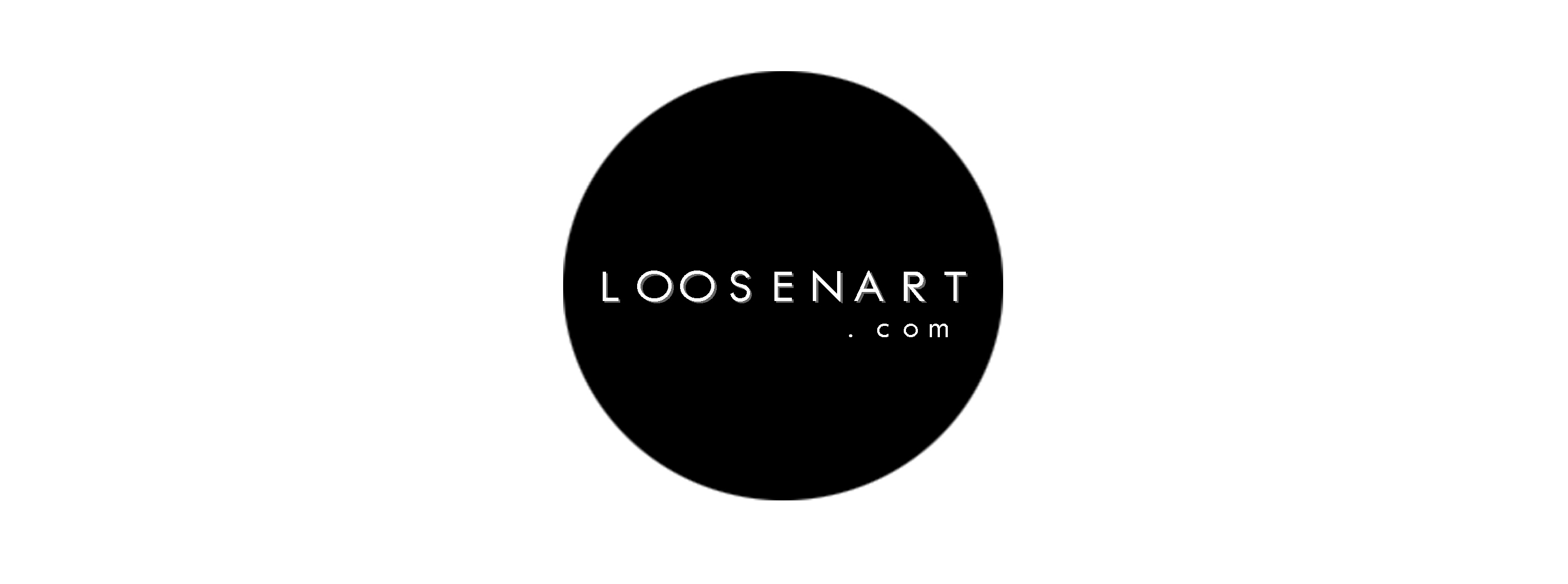What is the limit between childhood and adultness? And most of all, there is a limit between these two? With his last project, entitled ALEA, the photographer Jose Martinez tries to answer to those questions..

.
At first we thought that photography can give the opportunity to see reality in a different way, until you realize that you really have to invert the system of equations, not look for answers and start creating different strategies in which an image can be "used" to tell something.
- J. M.
.
What is the limit between childhood and adultness? And most of all, there is a limit between these two? With his last project, entitled ALEA, the photographer Jose Martinez tries to answer to those questions. Thanks to photography - that, in turn, winks to performative art - he let them interfere, introducing acts of playfulness within ordinary life.
The result is a series of paradoxical images able to immediately raise a lot of questions but, at the same time, a smile on the observer’s face. One can easily understand that something is not in the ‘right’ place (a circle on a tree? A leg coming out from a wall? A character half bride half groom?), but it takes time to process it. If something is not what it seems… what it is then? Theatre, performance, photography are there, together, trying to help us find the answer.
.
Recently awarded by the Foundation NMAC (2018), Jose Martinez is exhibiting internationally, from London (Total Refreshment Centre, 2017) to Budapest (PH21 Gallery, 2018).
.
Author Silvia Colombo

L.A.: Jose, can you tell us a little about your personal project "Alea"? What led to this project?
.
Jose Martinez: The project has a need to involve different techniques mutual with physical theater as performative action within the day-to-day everyday life. Everything commenced with my approach to physical theater, almost by chance. On the one hand, it helped me to understand the wide range of possibilities that my body can offer, not only in terms of a movement but also in terms of the ability to generate a story, being key the experiences through playfulness. At this point, I began to put myself at the level of play that I had in my every day, beginning to enhance the small actions within the ordinary of my routine. The idea was to look for tension through images that, within a fake commonness, lend itself to the enjoyment and enjoyment of a playful activity, while the absurd sometimes presents itself with a dose of humour and surrealism. The camera offered me the perfect excuse to pivot all these kind of experiences, about the models.
.
L.A.: What do you like most about working with the medium of photography?
.
Jose Martinez: I am interested in ambiguity with photography, to treat the real when it comes to giving credibility to everything that may appear in it or be part of it, at the same time as the question from its most primitive conception. Although it is true that the digital era has diminished credibility due to the capacity and speed in which an image can be manipulated, there are still vestiges of that conception, which insists on relating reality and photographic image. This indeterminacy depends on factors that influence the author of the image, as well as the infiltration of the fictitious into the habitual, suggesting that the viewer be able to develop his own version of what happens in the image.
.
.

The Magic Circle
.
.
L.A.: What characterized the evolution of your photography? Have you always moved in the same direction stylistically or have you noticed substantial variations over the years?
.
Jose Martinez: I guess the constant of many who are dedicated to photography is curiosity. At first we thought that photography can give the opportunity to see reality in a different way, until you realize that you really have to invert the system of equations, not look for answers and start creating different strategies in which an image can be "used" to tell something. In that sense, the aesthetic part is somewhat relegated in contrast to the conceptual charge, although it is true that aesthetic values are also part of the latter. I was looking always artist belong to the well-known Helsinki School, to artists such as Elina Brotherus, Anni Leppälä or Ilkka Halso, as well as more classic references such as Man Ray, Joan Fontcuberta, Jeff Wall or Candida Höfer, among others.
.
L.A.: How do you come up with ideas for your works?
.
Jose Martinez: Research-Experimentation-Research.
.
.
Ahead
.
.
Where Is My Rock?
.
.
L.A.: Do you have a favorite shot in this series? If so, which one and why?
.
Jose Martinez: Someone suggested that one of the images, “Ahead” may be related to a mental state in which the subject seems to have taken a blind step, without having a complete vision that will help him to know what the next step will be and where he is going. In this way, this image has much to do with the title of the project, referring to the randomness of our actions that guide us, most of the time, towards an uncertain path, at the moment you take the first step. From that moment it became my favourite image of the serie.
.
L.A.: What are you busy doing in this period? Have you any future project?
.
Jose Martinez: Currently, I am still working on Alea, investigating the impact that the playfulness can have on our daily behavior as social beings.
.
.
The Wich Handler
.
The Assimilation Of The Jubilance
.
.
v>
.
--------------------------------------------------------------------------------------------------------------------------------------------------------------
.
Jose Martinez martinezjose.com
.
.
.
.
.








Connect